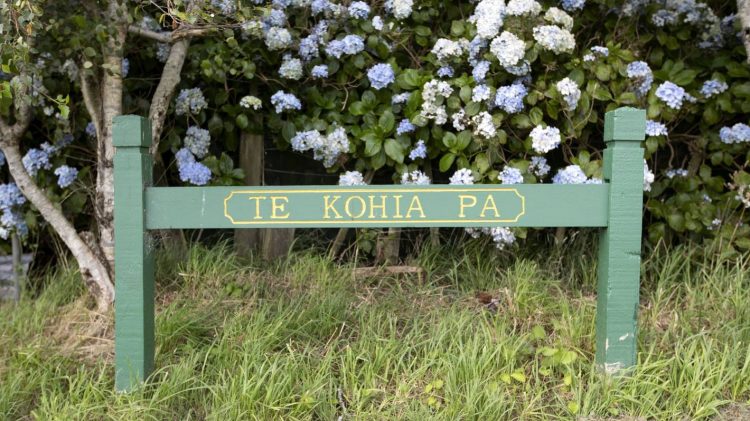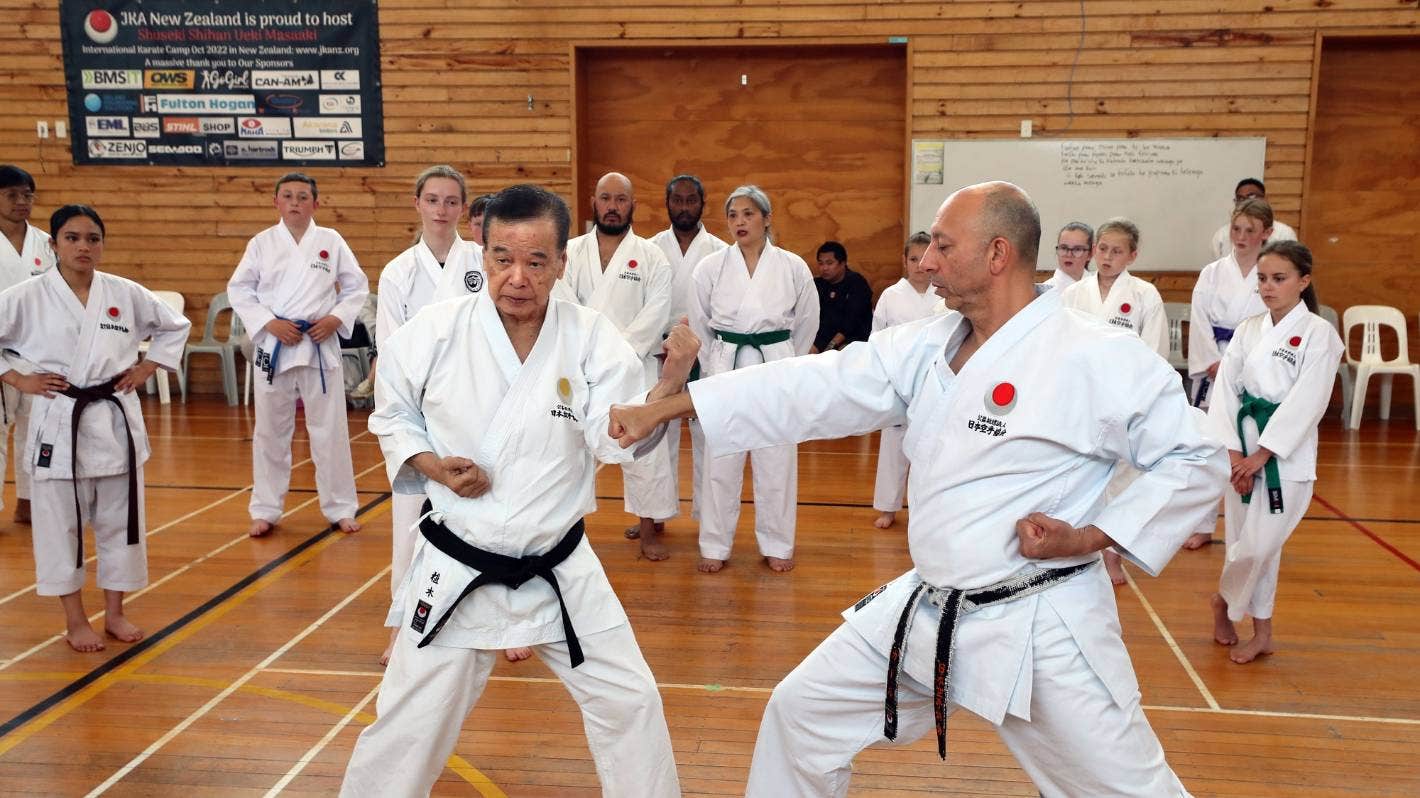뉴플리머스 의회가 개인 소유에서 탈퇴한 국가적으로 중요한 부지는 매각 후 7년이 지난 지금도 비어 있으며, 이 부지에 대한 계획은 2024년까지는 공개되지 않을 것으로 보입니다.
와이타라 근교 브릭스턴의 테 코히아 파 (Te Kohia Pā) 는 1860년 타라나키 지상전에서 첫 총격이 발사된 곳입니다.
2016년 6월, 뉴플리머스 지역 의회 (NPDC) 는 개인 소유주로부터 이 4헥타르 규모의 부동산을 715,000달러에 매입했습니다.
매입 당시 NPDC는 테 코타히탕가 (Te Kotahitanga) 또는 테 아티아와 (Te Atiawa) 와 협력하여 부지 개발 계획을 수립하겠다는 의사를 밝혔습니다.
“Te Kotahitanga는 프로젝트를 진행 중이며 현재 비즈니스 사례를 진행 중이며 예상 마감일인 내년 7월 이전에 완료될 것이라고 조언합니다.”
“이해관계자 와낭가 (Wānanga) 는 향후 6개월 동안 진행되며, 이는 비즈니스 사례에 반영될 것입니다.”
그는 부지를 구입하기 위한 자금 외에도 현재까지 이 프로젝트에 10만 달러가 추가로 지출되었다고 말했다.
위원회는 3년 동안 30만 달러를 기부하고 비용 지원을 위해 다른 자금 제공자들로부터 20만 달러를 추가로 모집하기로 결정했습니다.
한편, 3월 17일 금요일, 호아니 에리와타는 2010년부터 자신이 조직해 온 카우파파의 역사를 되돌아보는 새벽전 행사를 개최할 예정이다.
테 코히아 파 (Te Kohia Pā) 의 중요성
: 지붕이 있는 혁신적인 참호를 사용한 것으로 잘 알려져 있는데, 이는 1840년대 북부 전쟁 당시 루아페카페카에서 처음 사용된 후 테 코히아에서 다듬어진 특징이다.
크레딧: stuff.co.nz





























































